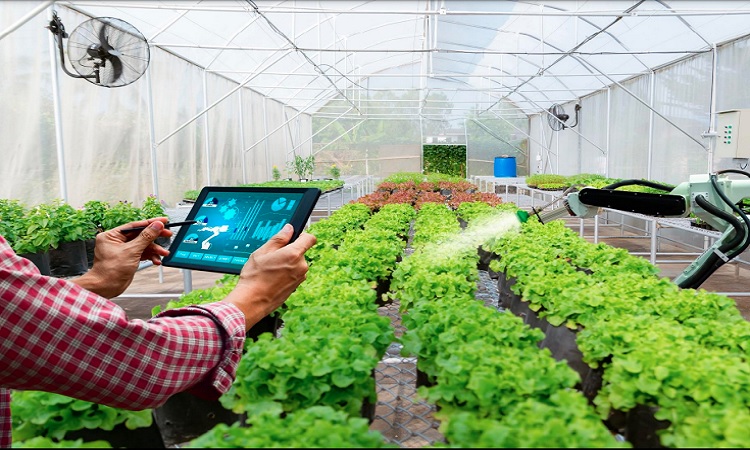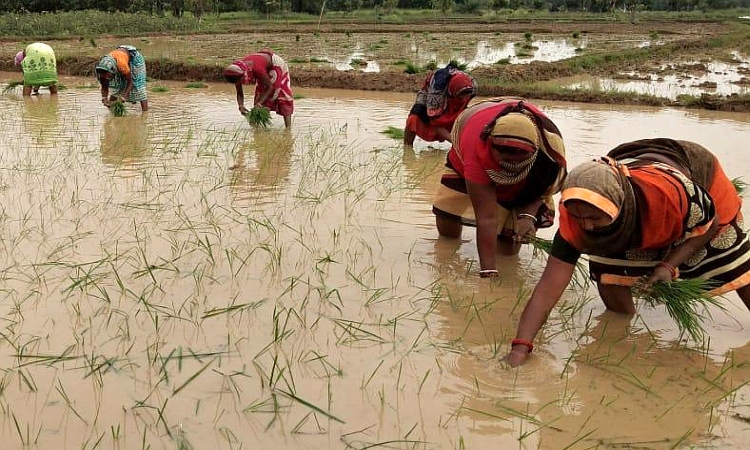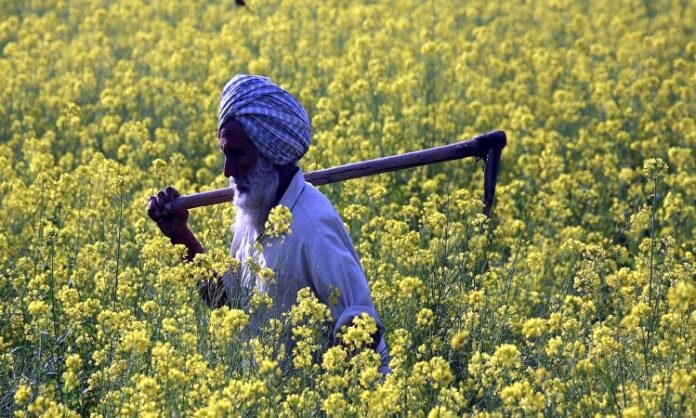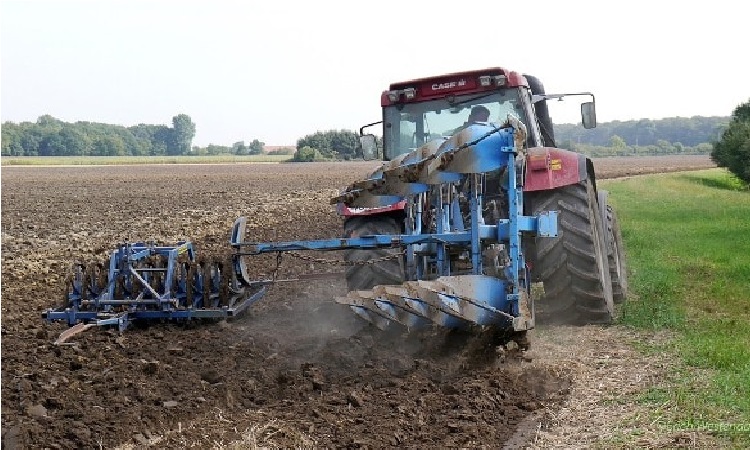Mumbai: India’s growth story has been unique. After the opening up of the economy post- 1991, India has witnessed one of the fastest phases of growth in its history. In 1991, agriculture used to contribute about 34% of the GDP. Post opening of the Indian economy, agriculture’s share in the GDP has been coming down progressively. While the economy has been growing in the range of 4-12% during the last 30 years, agriculture has grown only at a CAGR of ~1.6% during this period.
Given that agriculture still employs 42% of the workforce (down from nearly 65% in 1991), a contribution of only ~16.8% in the economy is an indication of the disparity that the society and economy have been witnessing on account of this dependence.

The situation in the other agrarian economies of Asia namely China, South Korea, and Vietnam was not very different from India during the early 60s. All these economies however have transitioned from being agrarian economies to industrialised and largely urbanized countries since then. This became possible primarily on account of a massive push towards manufacturing and associated services-based opportunities.
Also Read: M&M opens its farm equipment plant in MP, eyes global market
Scope for remarkable improvement in agri supply chain
While manufacturing and services grew faster, the rate of agriculture growth was also good and there was a remarkable improvement in efficiency in the agricultural supply chain during this phase in these countries. This ensured that while there was a remarkable shift in the workforce from agriculture and farm labour to manufacturing and services, the disparity between the earnings of farm workers and others was not widened. Unfortunately in India, continued massive dependence on agriculture for work camouflages the hidden unemployment. This has also resulted in the income disparity between the farm and non-farm workforces.
Also Read: Gadkari urges farmers to diversify, contribute in fuel production
Farm productivity grows, but at slower pace
On the positive side, farm productivity has been continuously growing in India albeit at a slower pace. This ensured that there is not only adequate food to feed the local population but also an all-time highest agriculture export of ~US$50 billion in FY2021-22, a 20% jump from the previous year. However, while India is one of the highest producers of paddy, wheat, maize, sugarcane, potato, and banana – our productivity at the farm unit level is still at nearly 50% of the global average for nearly all these crops.
Agriculture sector lacks investment
Lack of investment in agriculture and the small unit sizes of the farms are the key reasons for this – but this also offers an opportunity to push the farm productivity by 100% to bring it to par with the rest of the world. If pursued with optimal investment in farm mechanization and advanced technology, this process can enable a massive farm and rural churning over the next decade.
Also Read: Jharkhand lays foundation of world trade centre for export promotion
Food processing key to optimise farm output
A doubling of the farm output would not only offer an adequate surplus for exports – but would also offer a push to local level food-processing in a significant way. This would ensure not only a better income for farmers but also an overall better earning for the participants across the whole agriculture value chain. In India, farming offers a massive multiplier potential. A 100% jump in the farm output would ensure a massive multiplier effect across the economy.

Rural areas not seen as production centre for economy
On account of lower contribution to the economy due to low farm productivity and earnings, the rural areas are no longer seen as the production center of the economy. With improved farm productivity and with adequate surplus availability for processing and exports, this would change. The rural areas would become production centers with agri-based processing and services activities offering employment to a larger number of people. We have already witnessed similar effects in pockets where such investments have been made. Agricultural clusters of Nasik and Sangli in Maharashtra, Belgaum and Hubli in North Karnataka, and horticulture clusters of Chittur in Andhra Pradesh offer clear anecdotal evidence of this phenomenon.
Agri & rural sector set to push economic growth
In all probability, agriculture and rural sector are going to offer a significant push to the economy in the next decade. This would not necessarily mean an increased share of agriculture in the overall GDP – as we expect manufacturing and services to grow faster than agriculture. However, this would mean a better farm income for farmers, more investment in agriculture, and the emergence of rural areas as production centers. Overall, this would be a good outcome for the country and the economy.
The author is the Chief Executive Officer of BSE e-Agricultural Markets (BEAM), a BSE group Company.





